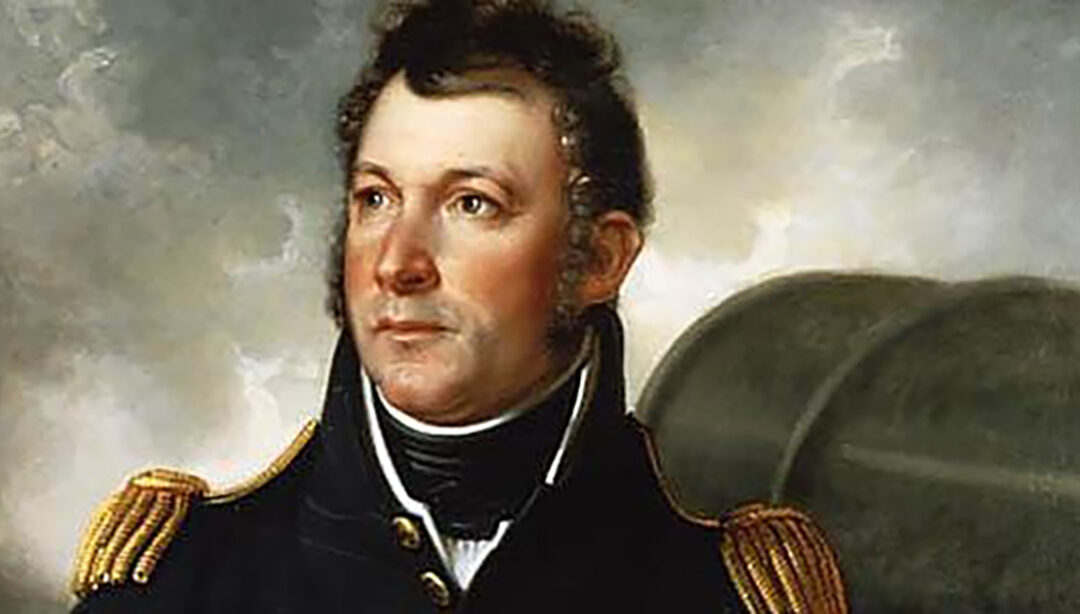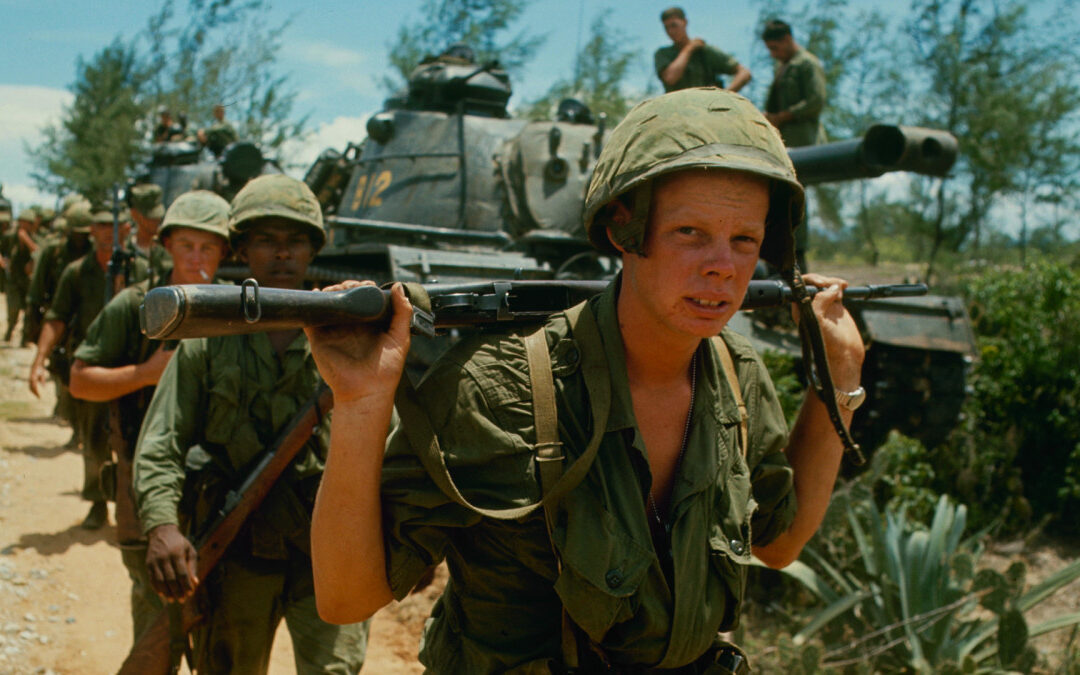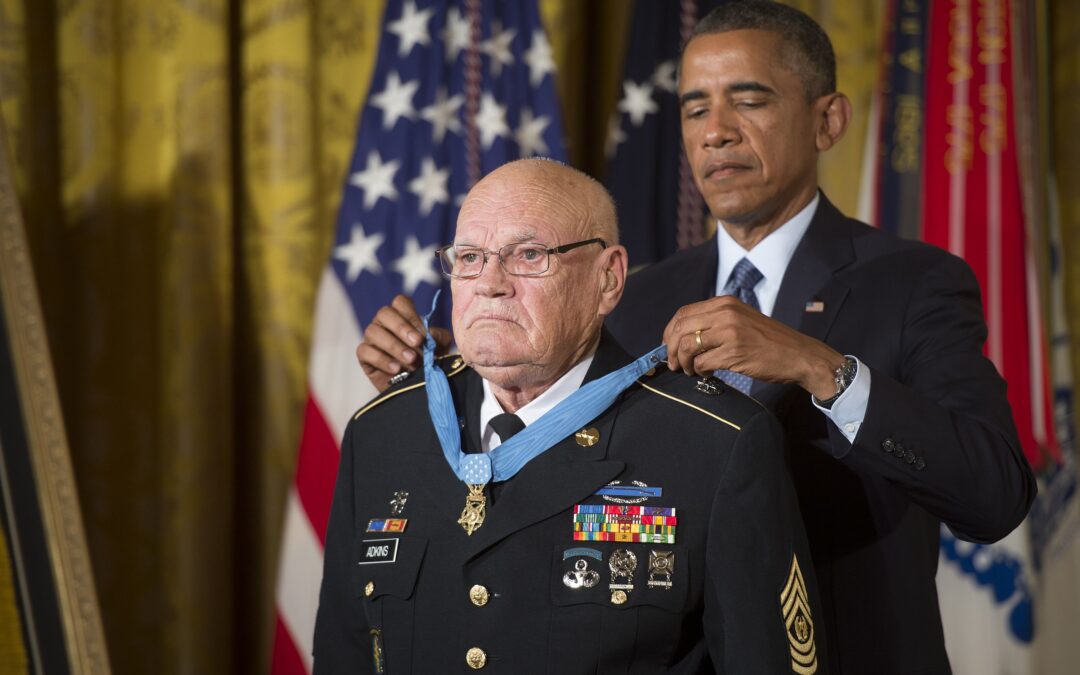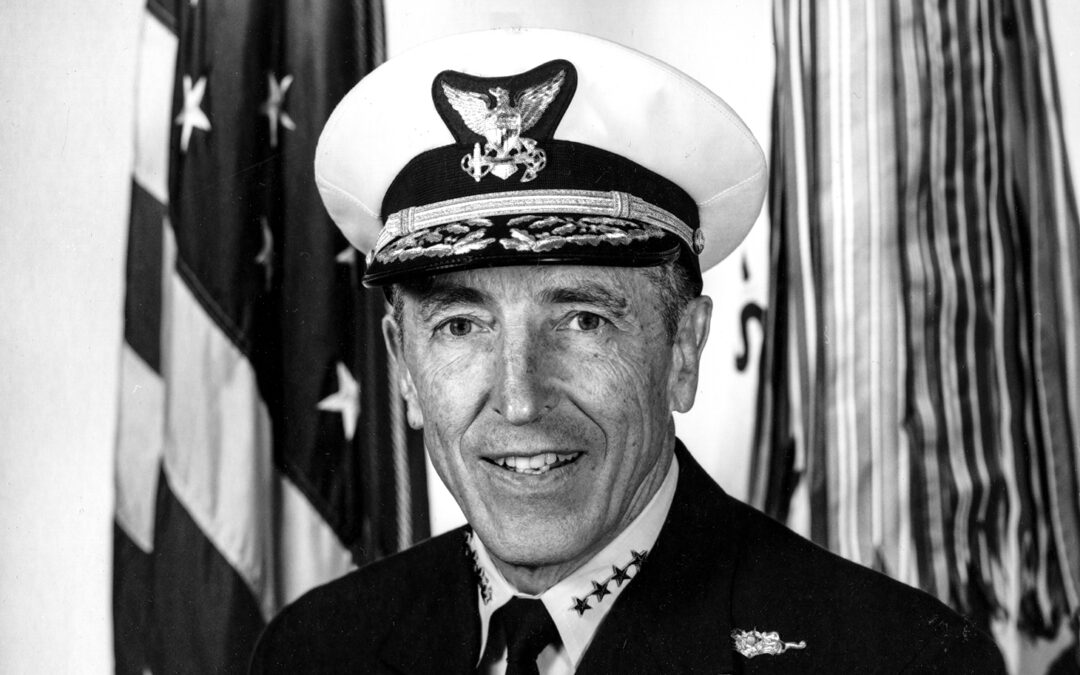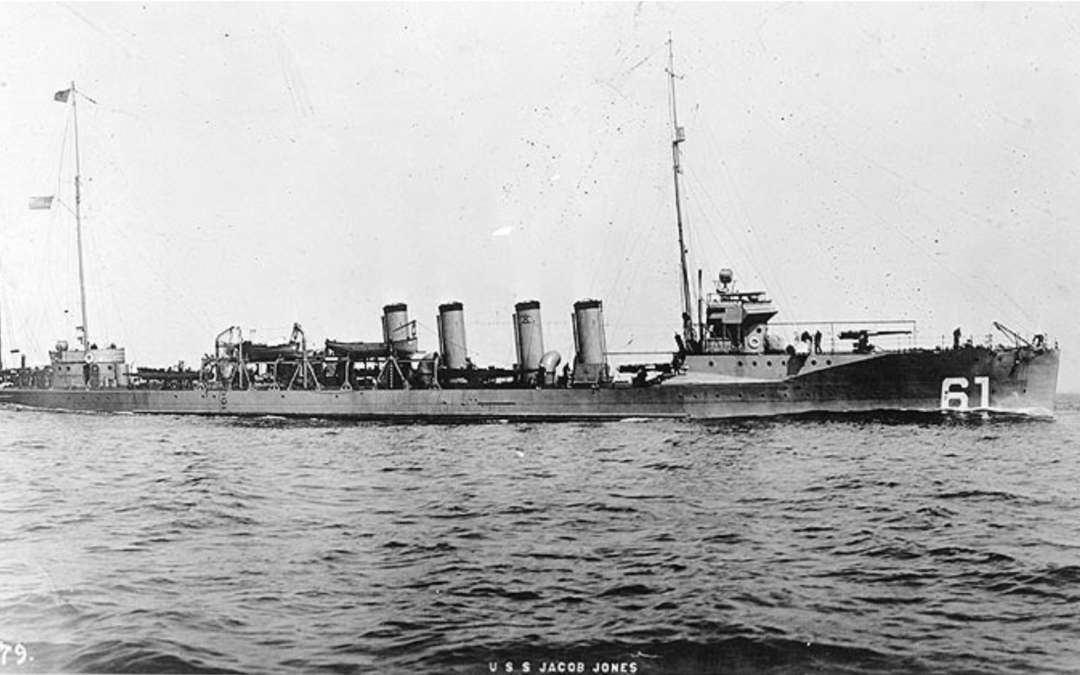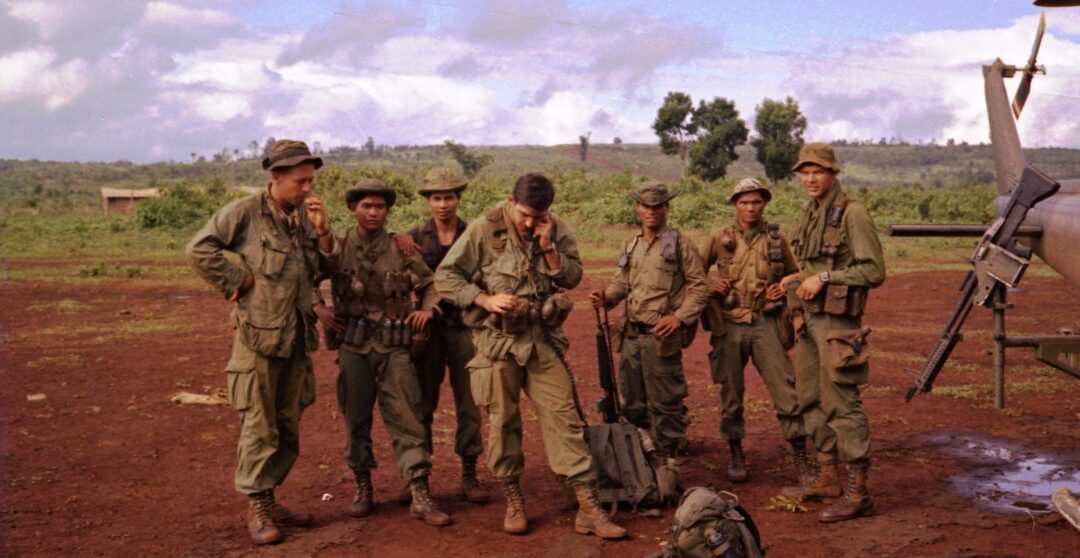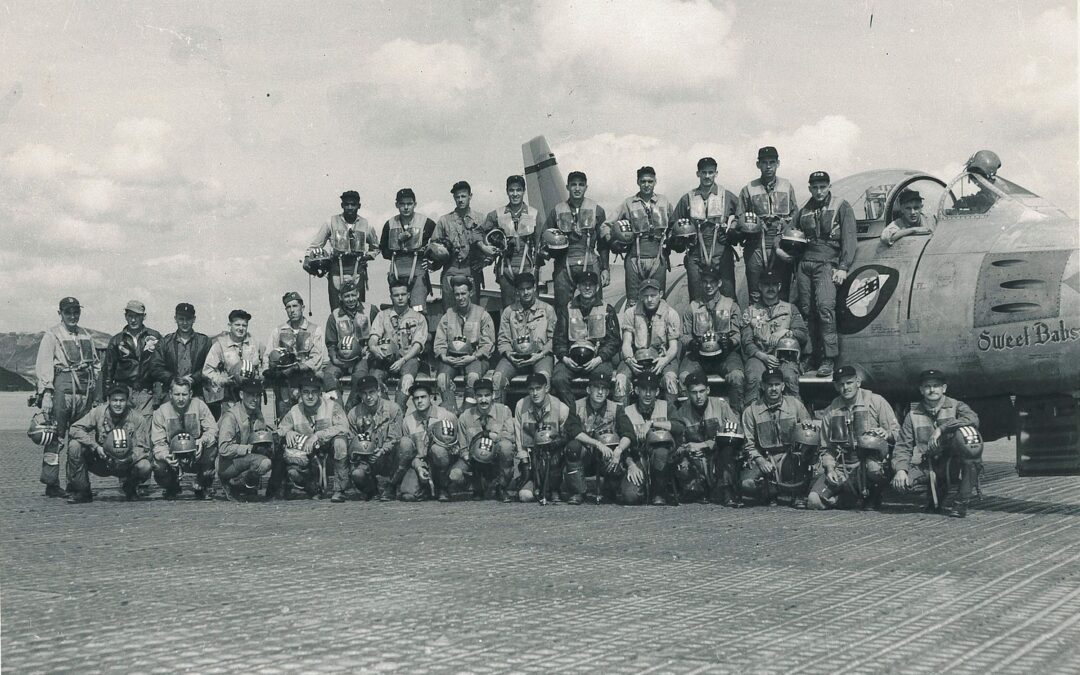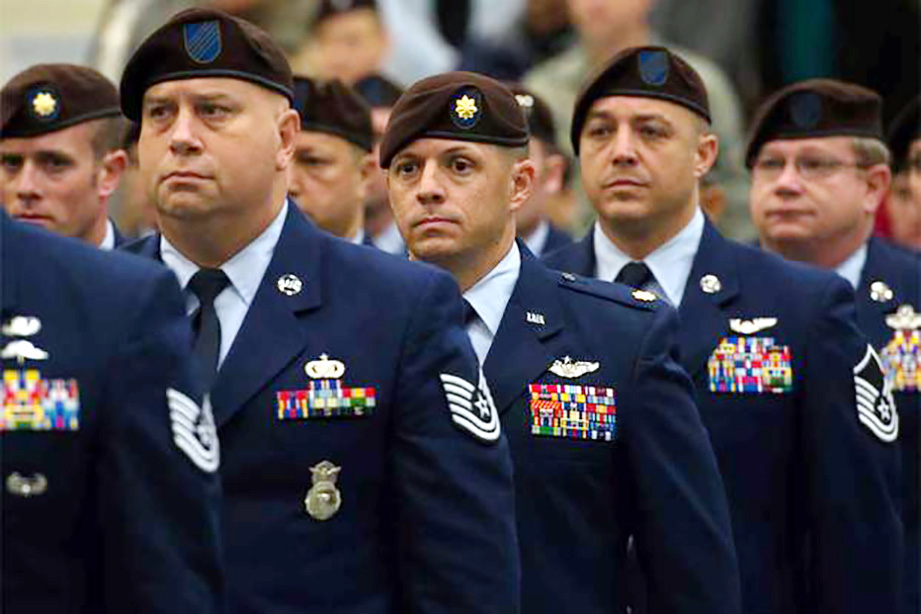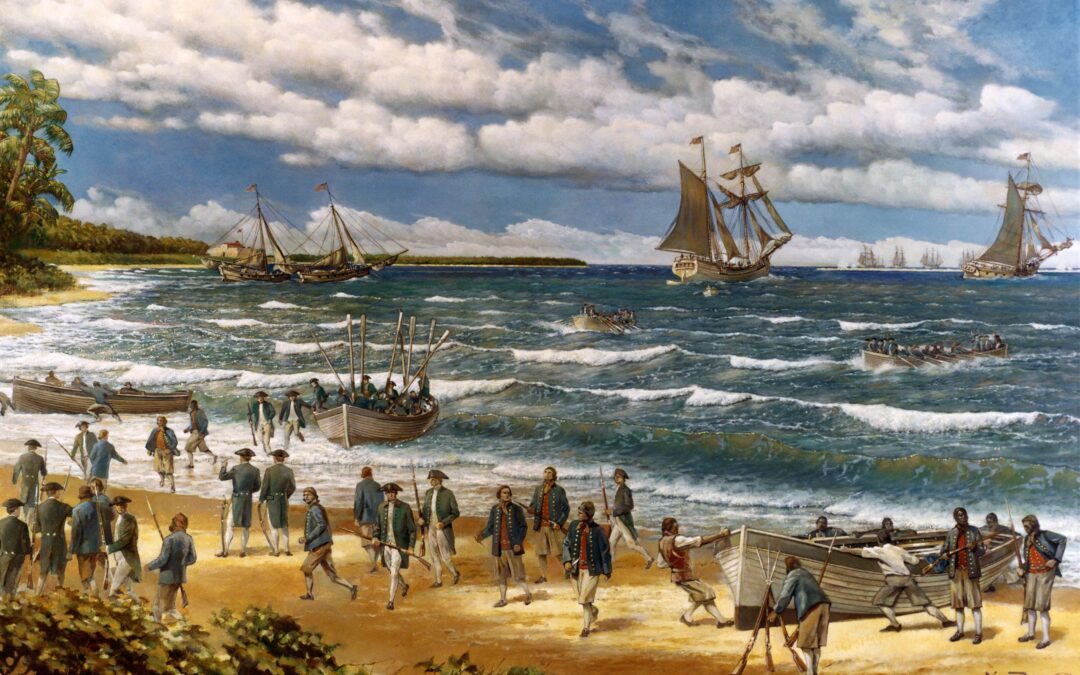In the summer of 1864, the Confederate States of America was reeling from a series of defeats that would ultimately lead to its demise. Despite the Union victory at Gettysburg in 1863 that turned the Army of Northern Virginia back and the capture of Vicksburg that gave the Union control of the Mississippi River, the outcome of the Civil War was anything but assured. After leading the Union Army at the Siege of Vicksburg and his subsequent win at Chattanooga, Ulysses S. Grant was promoted to Lieutenant General and given overall command of the Union Armies. With the Confederacy now split in two, Grant took over command of the Army of the Potomac while command of the Western Theater fell to Gen. William Tecumseh Sherman. In the spring of 1864, Grant decided to launch simultaneous offensives all along the Confederate lines in an effort to exhaust the Confederacy's resources and its ability to prolong the war. For Sherman, this meant engaging Confederate Gen. Joseph E....

